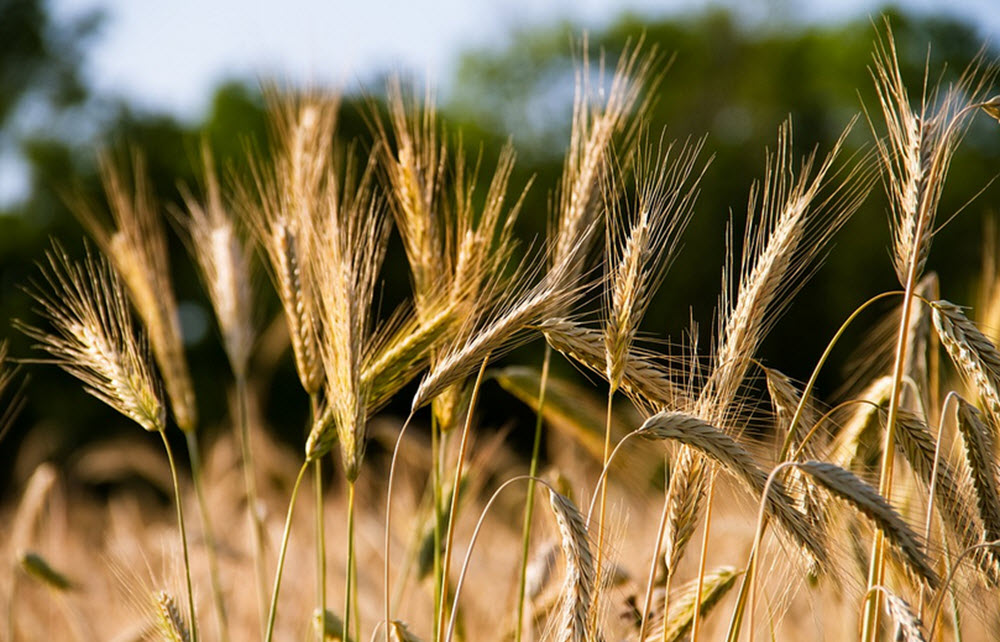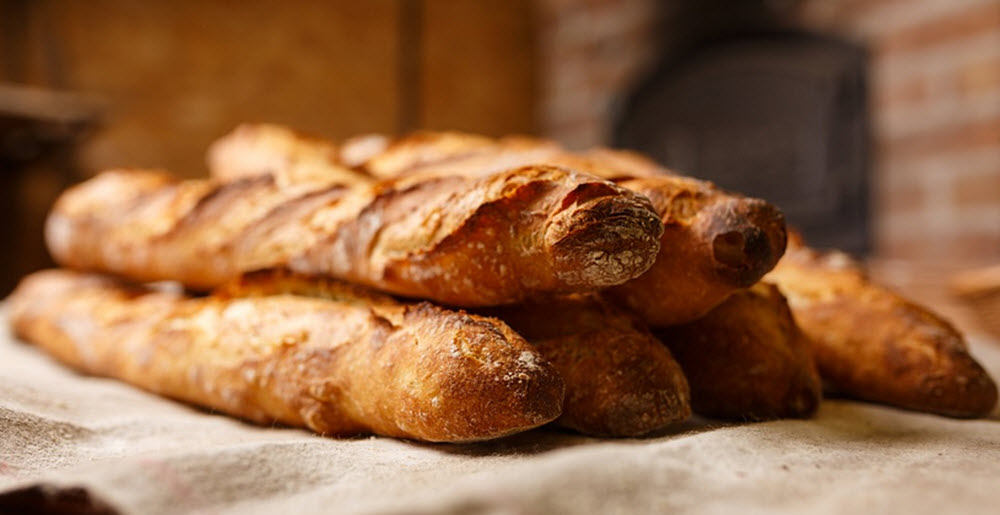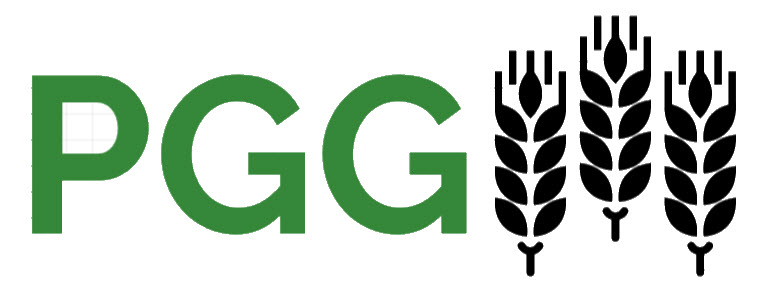Contents
Rye (Secale cereale) is a cereal crop grown for human and animal consumption, chiefly in Europe and China. The straws can be used as livestock bedding. In Sweden, rye flour is required to make the traditional Falu rödfärg; a type of iron-rich linseed-based paint.
Compared to cereals such as wheat, corn and rice, the worldwide production, consumption and trade is low for rye. In 2016, the total export of rye stayed at 186 million USD while the total export of wheat was well above 30 billion USD.

Rye grain can be eaten whole (e.g. as boiled ”rye berries”) but is also rolled into rye flakes, milled into flour and utilized to make certain beers, whiskeys and vodkas. Rye bread, both soft and crisp, are especially popular in Northern and Eastern Europe. In Eastern Europe, the fermented beverage kvass is made from rye bread.
Compared to wheat flour, rye flour is high in gliadin, low in glutenin and contains a higher proportion of soluble fibre. The gluten content is lower than for wheat, but rye is not gluten-free.
Scientific classification
| Kingdom: | Plantae |
| Order: | Poales |
| Family: | Poaceae |
| Subfamily: | Pooideae |
| Genus: | Secale |
| Species: | Secale cereale |
Farming rye
Compared to all the other major cereal crops, rye is astonishingly good at growing in heavy clay soils and light sandy soils, and can survive in soil that is too poor for more other cereal grains. It has traditionally been a very important subsistence crop in areas with sandy soil and peat soil. Notably, rye also handle cold better than most other small grains. Under a snow cover, rye can survive a winter cold that would kill winter wheat. The winter rye leaves produce several polypeptides that work as antifreeze.
The ideal soil pH-value for rye is 5.0-7.0 (acidic to neutral) but rye will tolerate from 4.5 to 8.0. The perfect soil for rye is fertile, well-draining loam soil (or the clay-loam combo).
Pests
Examples of insects that damage rye are cereal chafer, dart moth, leaf beetle, cereal bug, and rustic shoulder knot.
Winter rye
The term winter rye does not denote one specific variety of rye; it is simply any rye that is planted in the fall to provide ground cover for the winter season, in locations where climate conditions support this. The rye will start growing in fall, so winter rye can be planted to prevent the growth of winter-hardy weeds. In spring, the crop will be produced. Winter rye can either be ploughed into the field or harvested as a bonus crop. Fall-planted rye typically reach its maximum height around the summer solstice. (At this point, spring-planted rye will be recently germinated.)
Major rye farming countries
Rye is chiefly grown in northern, central and eastern Europe, and in China. The so called” rye belt” runs from Germany through Poland, Ukraine, Belarus, Latvia, Lithuania, and into Russia.
The highest consumption of rye per capita is found in Poland, and in the Nordic and Baltic countries. In 2009, over 32 kg/capita was consumed in Poland, while the average number for the European Union was just 5.6 kg/capita. Globally, the per capita consumption of rye is below 1 kg.

Top ten rye producing countries in 2018
(in metric tonnes)
Germany 2,201,400
Poland 2,166,884
Russia 1,916,506
China 1,044,776
Belarus 502,505
Denmark 482,166
Ukraine 393,780
Spain 388,467
Turkey 320,000
Canada 236,400
In the 21st century, the production of rye has decreased in many of the major rye farming countries. Germany produced 3.9 million tonnes in 1992, 3.3 mt in 2012 and 2.2 mt in 2018. Poland has dropped from 5.9 million tonnes in 1992 to just below 2.2 mt in 2018, and Russia went from a massive 13.9 million tonnes back in 1992 to just 1.9 mt in 2018. Outside the European rye belt, China is following the same trend, going from 1.7 mt in 1992 to 1.0 in 2018.

